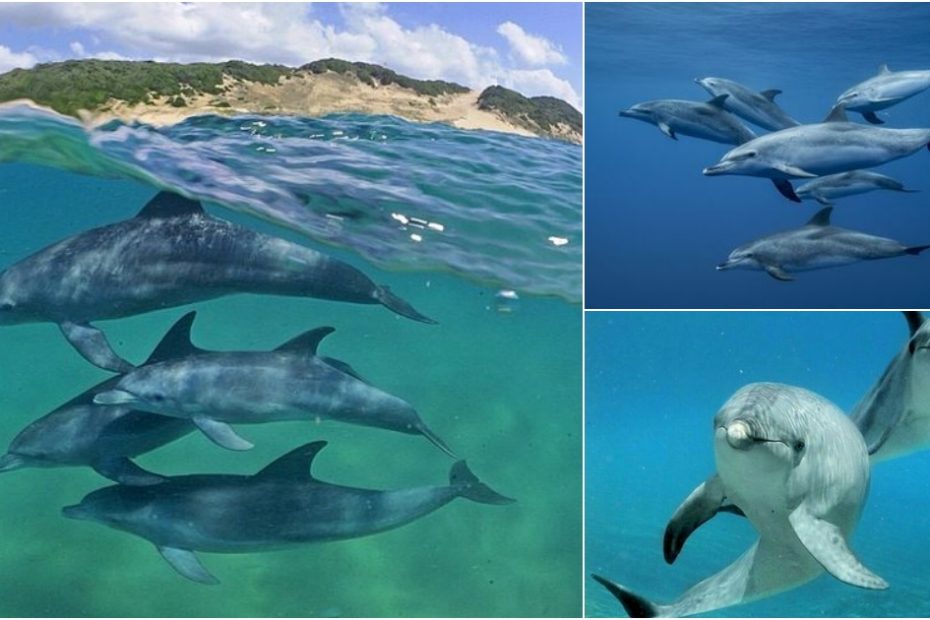
The Indo-Pacific bottlenose dolphin, scientifically known as *Tursiops aduncus*, emerges as a captivating marine creature inhabiting the warm waters of the Indian and Pacific Oceans. With its distinctive bottle-shaped snout and sleek, glistening body, this species stands as a testament to the mesmerizing diversity of marine life.

These dolphins boast a remarkable appearance marked by their elongated rostrum, or snout, which sets them apart from their counterparts. Their bodies showcase varying shades of grey, sometimes accompanied by lighter spots or patches, adding to their allure. Indo-Pacific bottlenose dolphins typically reach lengths of 2.6 to 3 meters, with males generally larger than females. Their robust build and streamlined form facilitate agile movement through the water, reflecting their adaptation to an aquatic existence.

True to their name, Indo-Pacific bottlenose dolphins primarily inhabit the expansive waters of the Indian and Pacific Oceans. From the coasts of eastern Africa to the shores of northern Australia and beyond, these dolphins occupy a diverse range of habitats, including coastal regions, bays, estuaries, and occasionally venturing into deeper offshore waters. Their adaptability to various environments underscores their widespread distribution across this vast expanse of oceanic territory.

Highly social beings, Indo-Pacific bottlenose dolphins are often encountered in groups, known as pods, ranging from a few individuals to larger aggregations numbering in the dozens. Within these pods, individuals engage in intricate social behaviors, including cooperative hunting, communication through vocalizations, and playful interactions such as breaching and tail slapping. Their intelligence and social cohesion contribute to their resilience as a species, fostering cooperative strategies for survival in their dynamic marine habitats.

Despite their widespread presence, Indo-Pacific bottlenose dolphins face a range of threats stemming from human activities. Habitat degradation, pollution, entanglement in fishing gear, and disturbance from maritime traffic pose significant challenges to their well-being. Additionally, targeted hunting and incidental capture in fishing operations further exacerbate their conservation concerns. Efforts aimed at habitat protection, sustainable fisheries management, and public awareness campaigns play crucial roles in safeguarding these majestic marine mammals for future generations.

In the vast expanse of the Indo-Pacific Ocean, the bottlenose dolphin reigns as a symbol of grace, intelligence, and resilience. Its presence serves as a poignant reminder of the intricate web of life that thrives beneath the waves and underscores the imperative of responsible stewardship of our marine ecosystems. As we strive to coexist harmoniously with these enigmatic creatures, we embark on a journey to preserve the rich tapestry of life that defines our oceans and sustains our planet.



